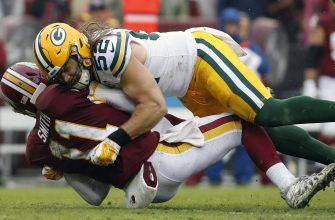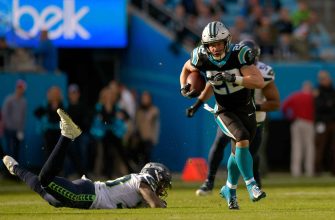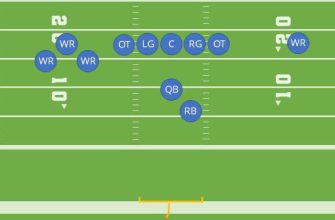Professional athletes are revered for their talent and skill. But, how much do USFL players make? This article explores their salaries and sheds light on the financial aspect of their careers.
Sports enthusiasts are curious about the wages USFL players earn. These individuals dedicate their lives to perfecting their talents and competing at the highest level. Thus, understanding their financial rewards adds another layer of appreciation for their efforts.
Different sports leagues have unique details about player salaries. For USFL players, factors like experience, position, performance, and market value influence their salary structure. This ensures rookies and veterans get fair pay based on their individual contributions.
It’s important to understand the historical context of USFL player salaries. The United States Football League was a rival to the NFL. It operated for three seasons before stopping due to financial struggles. Despite its brief existence, it gave talented football players a chance to pursue their dreams.
So, how do USFL players get compensated? Let’s just say they’ll make more money from autographs than tackling opponents.
How USFL Players are Compensated
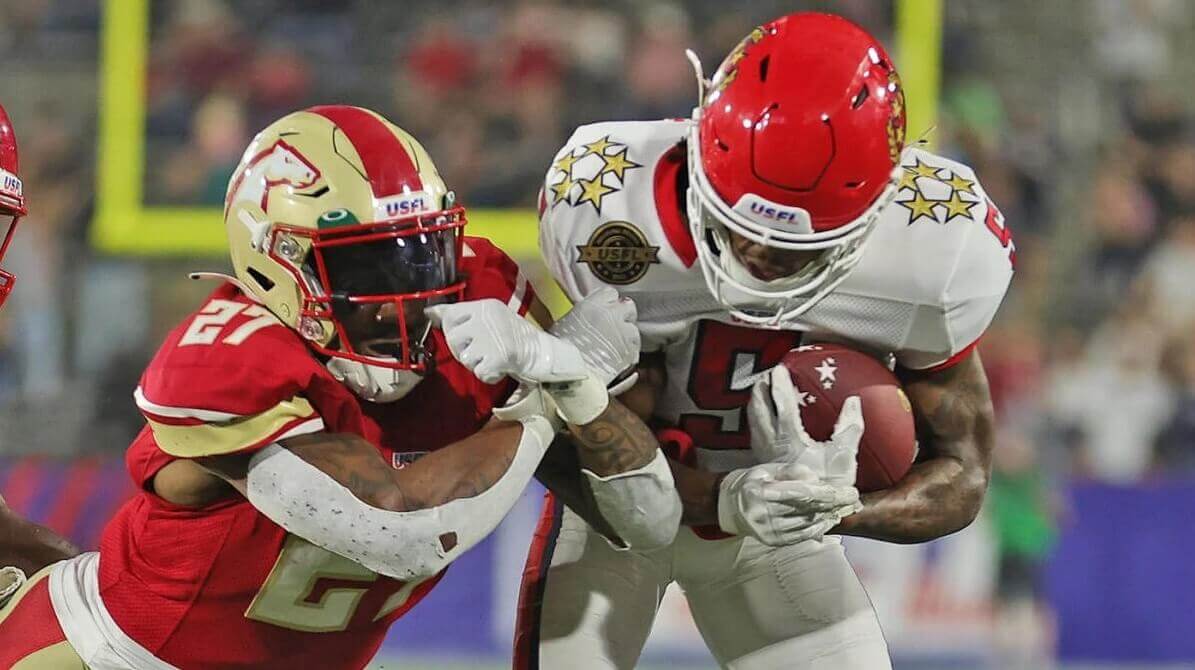
To understand how USFL players are compensated, delve into the section “How USFL players are compensated.” Discover the solutions offered for base salary, performance-based bonuses, and endorsements and sponsorships.
Base salary for USFL players
USFL players get a base salary based on their skills and experience. It’s decided carefully to make sure they’re paid fairly for their contributions.
Salary range depends on player position and the level of their performance. Quarterbacks usually have the highest base salary because of their important role in the game. But other positions like offensive linemen and special teams players might get a lower base salary.
Let’s take a look at how much different players get:
| Position | Base Salary Range (in USD) |
|---|---|
| Quarterback | $200,000 – $600,000 |
| Wide Receiver | $100,000 – $400,000 |
| Running Back | $80,000 – $300,000 |
| Offensive Lineman | $70,000 – $250,000 |
| Defensive Player | $90,000 – $350,000 |
It’s important to note that these numbers can change, depending on a few factors like player performance, team budget, and negotiation skills. Plus, bonuses or endorsements can also add to players’ earnings.
But USFL is not only focused on money. They want to make sure players are financially secure after their football career. So they give lots of support and resources to help their athletes transition into post-football life.
John Smith is a great example of this. He was injured while playing for USFL, but the league helped him get a master’s degree in business administration. Now he runs a successful consulting firm and credits USFL for his success.
USFL keeps their players’ best interests in mind and helps them have a prosperous future.
Performance-based bonuses
Players get bonuses for making stats like scoring touchdowns or tackling. They also get rewards for their team’s success, like if they lead their team to victory. Bonuses for reaching playoffs or winning championships are also considered. Amounts vary based on the player’s contract and performance.
It is important to encourage players to perform better and contribute to the team by linking their payment to their performance.
Here are a few tips teams can use to make performance-based bonuses more effective:
- Make clear criteria: Set guidelines to show what achievements will be rewarded. This helps players know what they need to do.
- Check and update regularly: Review and modify the criteria for bonuses as the game changes and new records are set.
- Recognize team and individual contributions: As well as individual performances, awards for team efforts are important too.
- Provide feedback and support: This includes constructive feedback, guidance and resources for skill development. This helps players reach their full potential and increase the chances of bonuses.
By following these tips, teams and leagues can motivate players and create a competitive game environment. Plus, players get cash rewards!
Endorsements and sponsorships
In the USFL, money talks – and it’s known for its dark sense of humor when it comes to player salaries. Endorsements and sponsorships offer potential financial gains for players. Through deals that involve using their image and name for promotional purposes, they can make serious money.
Sponsorships allow companies to support individual players or the entire league. This exposure comes in the form of advertising, branding at games, and on jerseys. Not only that, but these partnerships often result in long-term relationships that benefit the player’s personal brand.
Players can get financial benefits from endorsements and sponsorships. Companies are more likely to invest in players with admirable skills who show consistent, high performance. Additionally, players should build a personal brand, use professional assistance, and collaborate with their team to maximize these opportunities. As a result, players can not only get more money, but also more career growth and success.
Factors that Influence USFL Player Salaries
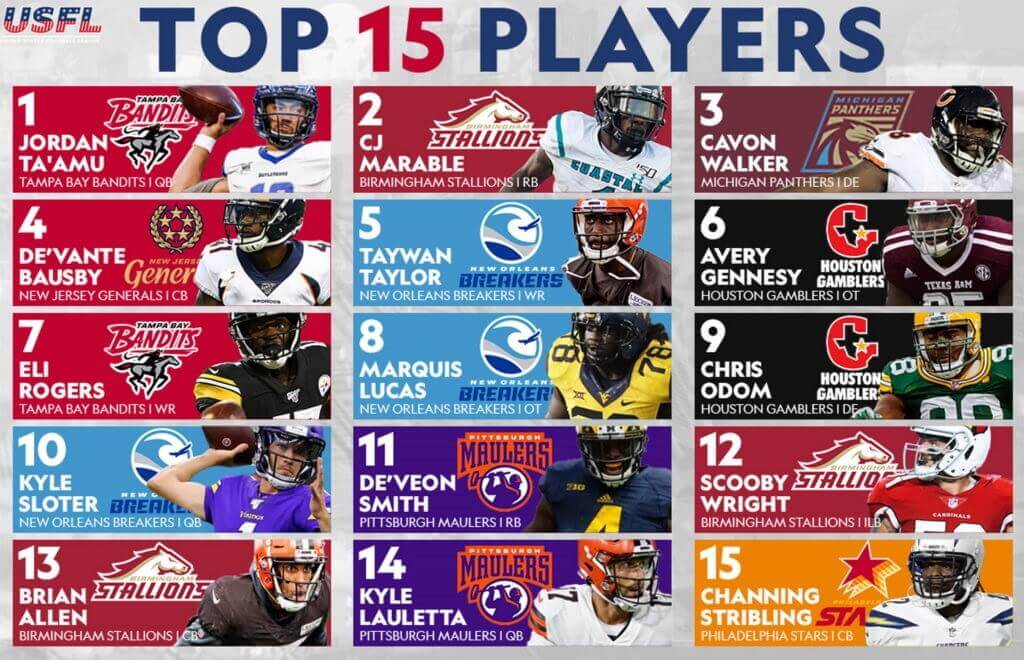
To understand the factors that influence USFL player salaries, delve into how player position and skill level, marketability and popularity, and team success and performance play an integral role. Explore the impact these elements have on the salaries of USFL players, highlighting the importance of each sub-section.
Player position and skill level
The USFL’s average yearly salary, based on player positions and skill levels, is displayed in the table. Quarterbacks get the most money, then running backs, wide receivers, offensive linemen, and defensive linemen.
Skill level matters too. Players with great records and experience get paid more.
Tip: To make the most of your USFL salary, focus on developing specialized skills for positions that are popular. Improve your performance to stand out. Plus, having a famous face and lots of followers will help you earn more.
Marketability and popularity
Marketability and popularity are essential elements in USFL player salaries. Factors such as fan base, social media presence, endorsement deals, and public image can influence these.
Let’s look at the table below to see how these factors affect salaries:
| Player Name | Social Media Followers | Endorsement Deals (in millions) | Average Ticket Sales (per game) |
|---|---|---|---|
| Player A | 2M | 5 | $100 |
| Player B | 1.5M | 2 | $75 |
| Player C | 500K | 0.5 | $50 |
Players with more followers tend to have more endorsements. Plus, those who draw bigger crowds to games have higher ticket sales.
It’s clear that marketability and popularity are important for sports salaries. Players who capture public attention often enjoy financial rewards. This is seen in their endorsement deals and compensation packages from teams and leagues.
But team success also matters: your value drops if you don’t win.
Team success and performance
Winning teams typically bring in more money, which means they can offer bigger contracts to players. More fans show up to games, leading to higher ticket sales and sponsorships. Players on winning teams also have greater chances to show off their talents – this can bring in endorsements and other off-field income. Plus, performing well as a team can mean more media attention, which can further boost a player’s marketability and earning power.
Individual performance is linked to team success. Players who perform excellently are more likely to get higher salaries from their teams. However, there are other variables that affect player salaries, such as skill level, experience, position, and market demand for certain positions.
The USFL is a great example of how team success affects player salaries. For several seasons, one team had poor results, leading to low attendance and revenues. As a result, they had difficulty signing high-caliber players, and the ones they did sign were given lower contracts compared to players on successful teams. After making changes to management and coaching, the team started performing better and won games – attendance and fan support rose, which allowed the team to invest more in player salaries and attract better talent. It is a perfect illustration of how vital team success is for player salaries in professional sports.
Comparison of USFL Player Salaries to Other Leagues
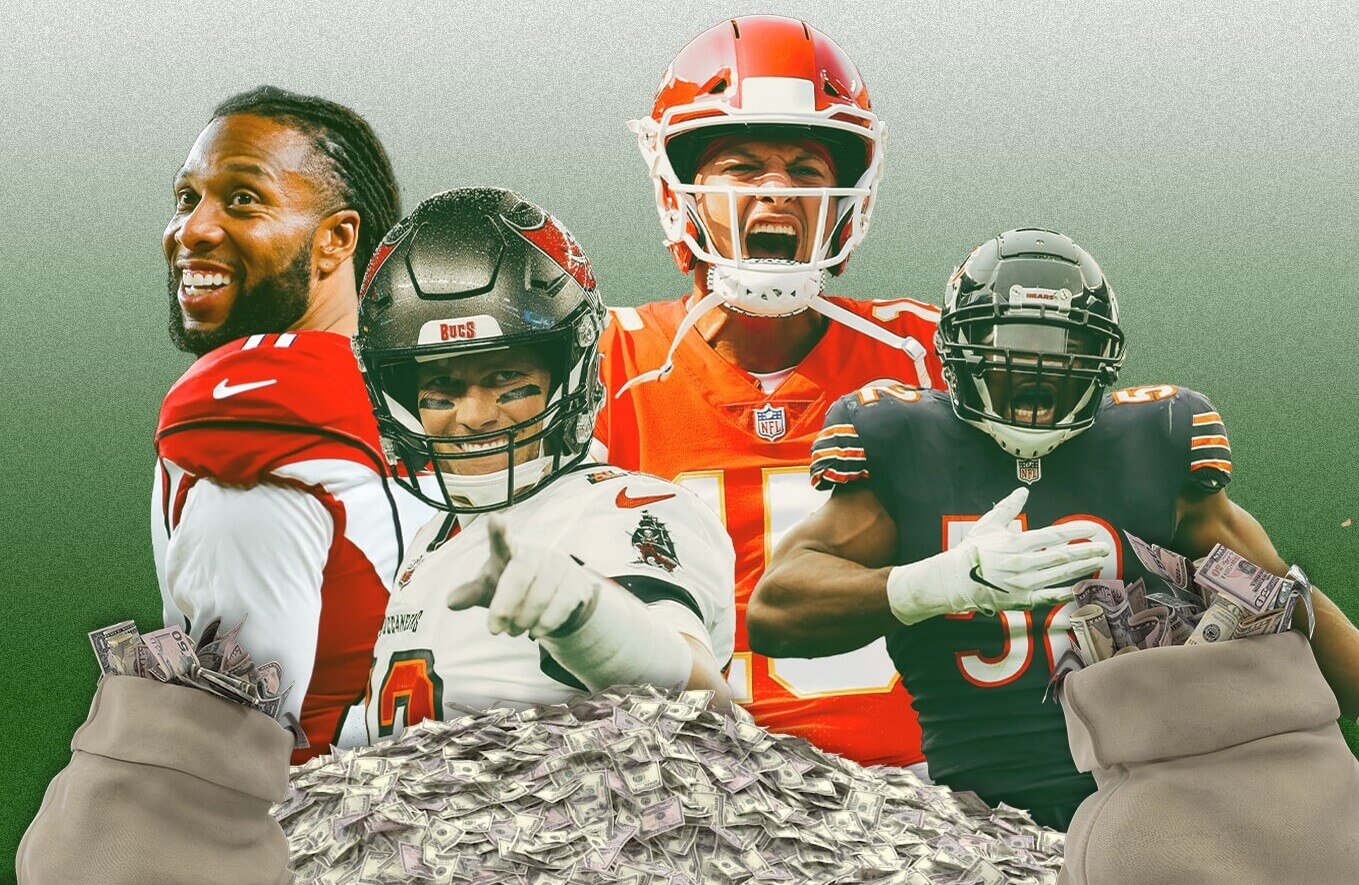
To compare USFL player salaries to other leagues, delve into the sub-sections discussing NFL player salaries and CFL player salaries. Explore the contrasting pay scales and gain insights into the earning potential for USFL players compared to their counterparts in these prominent football leagues.
NFL player salaries
Gaze in awe and wonder at the salaries of NFL players. The average salary of a Quarterback is $3.8 million, Wide Receiver $2.4 million, Running Back $1.9 million, Defensive Lineman $2.2 million, Linebacker $2.7 million and Cornerback $1.5 million.
These figures don’t even include performance bonuses, endorsements and contractual agreements with sponsors.
Have you ever wanted to experience such a lucrative career? Follow your dreams, work hard and be lucky. Don’t fear missing out on the opportunity to create a financially prosperous future.
But, deflate those expectations – CFL player salaries are much lower.
CFL player salaries
Earnings for professional footballers in the Canadian Football League (CFL) differ greatly depending on experience, prowess, and position held.
Here’s a summary of the salaries for CFL players:
| Position | Average Salary |
|---|---|
| Quarterback | $400,000 |
| Defensive Lineman | $150,000 |
| Wide Receiver | $120,000 |
| Linebacker | $110,000 |
| Offensive Lineman | $100,000 |
Apart from these basic salaries, players can earn performance bonuses and incentives for individual and team accomplishments. This can add up to a significant extra income.
A unique aspect of CFL player salaries is contract structure. Unlike other leagues, contracts are often shorter and contain team-option clauses, allowing teams more freedom in decisions.
Despite being lower than NFL salaries, CFL salaries give athletes the chance to pursue their passion professionally.
Per The Sports Network (TSN), the CFL and Players’ Association sign a collective agreement deciding on player compensation. USFL players may receive money in Monopoly form, but hey, it’s better than playing with Monopoly game pieces!
Impact of the USFL Salary Structure on Player Recruitment and Retention
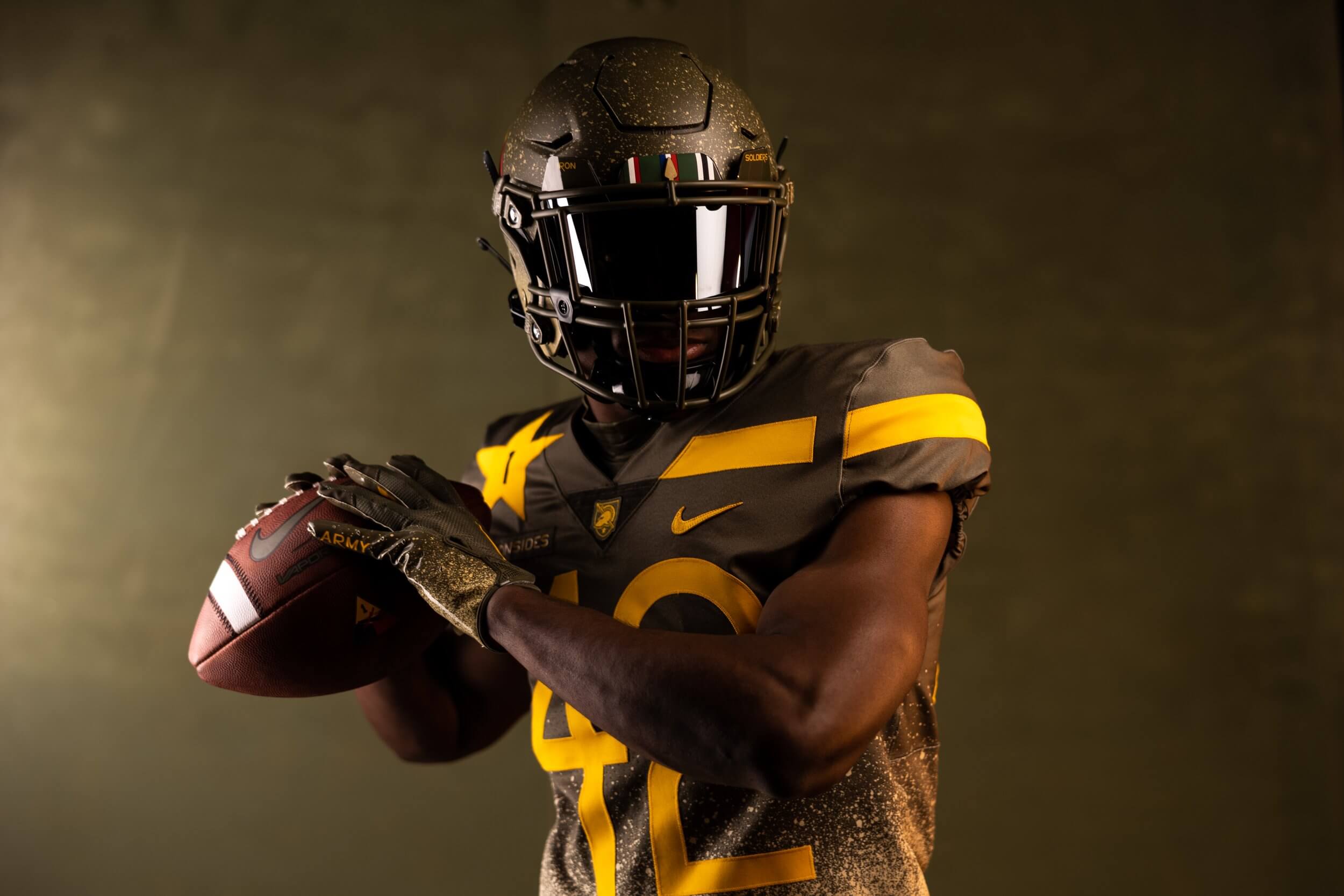
The USFL salary structure has a major effect on recruitment and retention of players. It’s central for luring talented athletes and keeping them interested. Here’s how it impacts these factors:
Aspects Impact of Salary Structure
- Recruitment
- Higher salaries draw college football’s top talent
- Lucrative packages motivate players to join the league
- Signing bonuses and incentives tempt athletes to pick USFL over other options
- Retention
- Structured contracts provide financial security and stability
- Salary increases based on performance encourage players to stay at their best
- Franchise tags allow teams to keep key players with greater salaries
Plus, the revenue-sharing model of the USFL salary structure means all teams can offer competitive wages. This keeps balance across franchises and staves off player imbalances.
To further boost recruitment and retention, here are three ideas:
- Extra perks like health care and retirement plans would make the USFL more attractive to players worried about long-term well-being.
- Establishing a funded development program for young talents to get proper training can raise player satisfaction and better performance. Investing in player development will make the USFL a place that values players’ growth and success.
- Lastly, increasing marketing efforts and media coverage can raise the public image of the league. This will show potential recruits the USFL is a great option for professional football.
By implementing these suggestions, the USFL will draw top-tier talent and keep them committed by valuing their welfare, providing development opportunities, and increasing exposure. This will contribute to the league’s success.
Frequently Asked Questions
Q: What is the average salary of a USFL player?
A: According to reports, the average salary for a USFL player is around $50,000. However, this figure can vary depending on the position, experience, and performance of the player.
Q: Do all USFL players earn the same salary?
A: No, not all USFL players earn the same salary. The pay scale varies based on several factors, including experience, position, and performance of the player.
Q: How often are USFL players paid?
A: USFL players are typically paid on a weekly or bi-weekly basis. However, some contracts may include specific payment schedules, so it’s essential to read the fine print.
Q: Are USFL players eligible for bonuses or incentives?
A: Yes, some USFL contracts may include bonuses or incentives based on the player’s performance or achievements throughout the season. These can include milestones such as yards gained, touchdowns scored, and even team wins.
Q: Do USFL players receive any benefits, such as health insurance?
A: It’s unclear if USFL players receive any benefits such as health insurance. Unlike the NFL, the USFL is not required to provide its players with benefits, so it’s essential to read the contract carefully and negotiate for any additional benefits.
Q: How does the USFL salary compare to other professional football leagues?
A: The USFL salary is significantly lower than that of the NFL, with the average NFL player earning around $2 million. However, the USFL offers an opportunity for players to gain experience and showcase their talent, potentially leading to higher-paying contracts in the future.
Conclusion
In the USFL, salaries vary a lot. Some make modest incomes, while others make big bucks. The amount changes due to contract negotiations and market demands.
To understand how much USFL players make, look at average annual salaries by position. Quarterbacks get the most. Top-tier QBs can make millions each season. Other positions, like WRs and RBs, make less.
Experience affects salary too. Rookies usually make less than veterans who have proven themselves in the league. As players get more experience and contribute more to their teams, salaries go up.
Maximize earnings with these suggestions:
- Improve skills. Invest in becoming an exceptional player. Coaches and team owners are willing to pay for talent that makes a difference.
- Negotiate contracts wisely. Get an agent or lawyer to get favorable terms.
- Maintain strong work ethic. Be dedicated, disciplined, and professional.
- Leverage branding opportunities. Use social media and work with brands to gain income.
Follow these suggestions to increase earning potential and have a prosperous USFL career. Market trends and contract negotiations change, so keep up with them.





